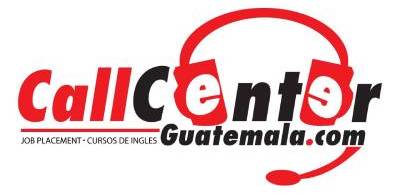Welcome to the present simple of be
Go here to use The Dictionary
Introduction:
The present simple of be or verb “to be” is used to describe or identify
people,
places,
things,
and states of being.
It helps us express who or what someone or something is. Here are several examples to illustrate its usage:
Function + Vocabulary:
1. Describing Identity:
- I am a teacher.
- She is my sister.
- They are students.



Click here for More Occupations
Click here for Family Members
2. Describing Characteristics:
- He is tall.
- The house is beautiful.
- The flowers are colorful.






Click here for More Descriptors
Click here for Colors, Hair, Skin and Other
3. Describing Location:
- The library is next to the park.
- My keys are on the table.
- The cat is under the bed.

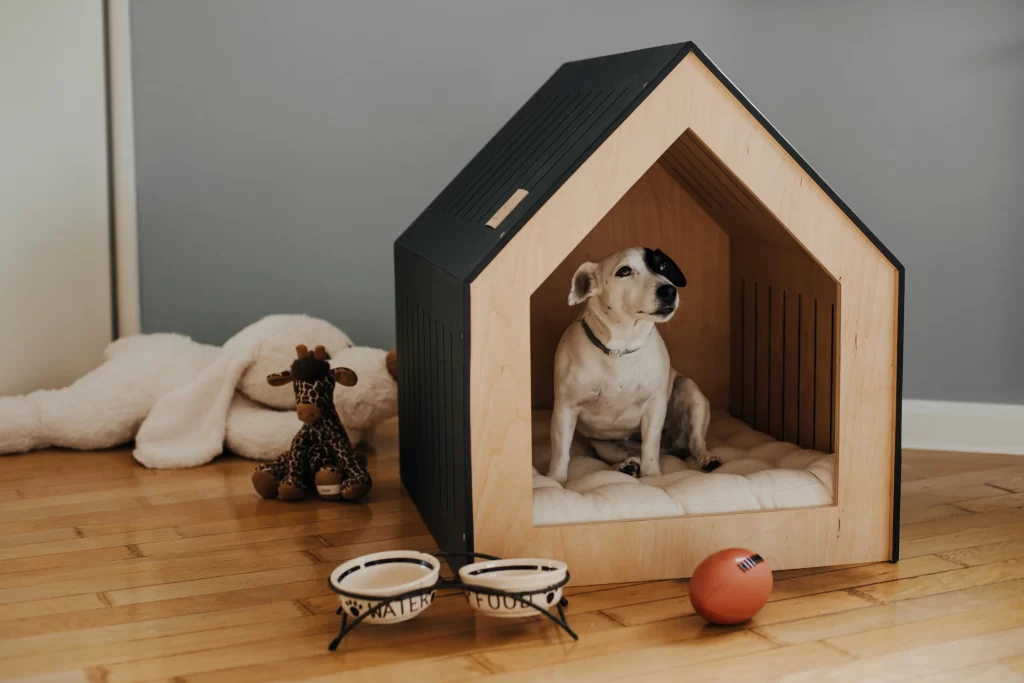

ANSWER THE QUESTIONS:
Where is the cat?
The cat is ______ the bed.
Where is the dog?
The dog is _____ the house.
Where is the lamp?
The lamps is ______ the table.
Answers: 1. UNDER 2. INSIDE 3. ON
Go here for Personal Items
Click here for Prepositions
4. Expressing Existence:
- There is a dog in the yard.
- There are many books on the shelf.
- Is there a problem?



Click here for more There is/There are
5. Nationality and Origin:
- I am American.
- He is from Brazil.
- They are Canadian.



Instructions: answer the question before going to fuction 6
Where are you from?
I am from ______.
What’s your nationality?
I’m _____________.
Must go for More Nationalities and countries
6. Identifying Relationships:
- She is my best friend.
- That is my car.
- These are my parents.

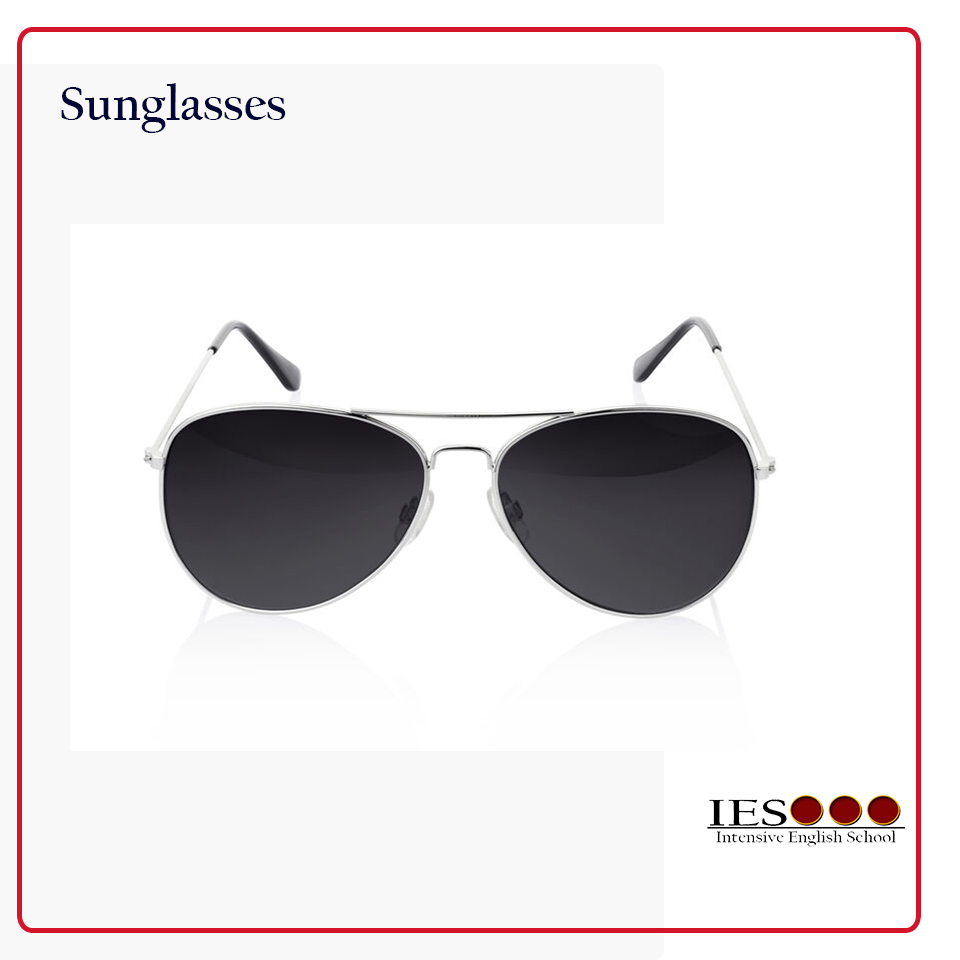
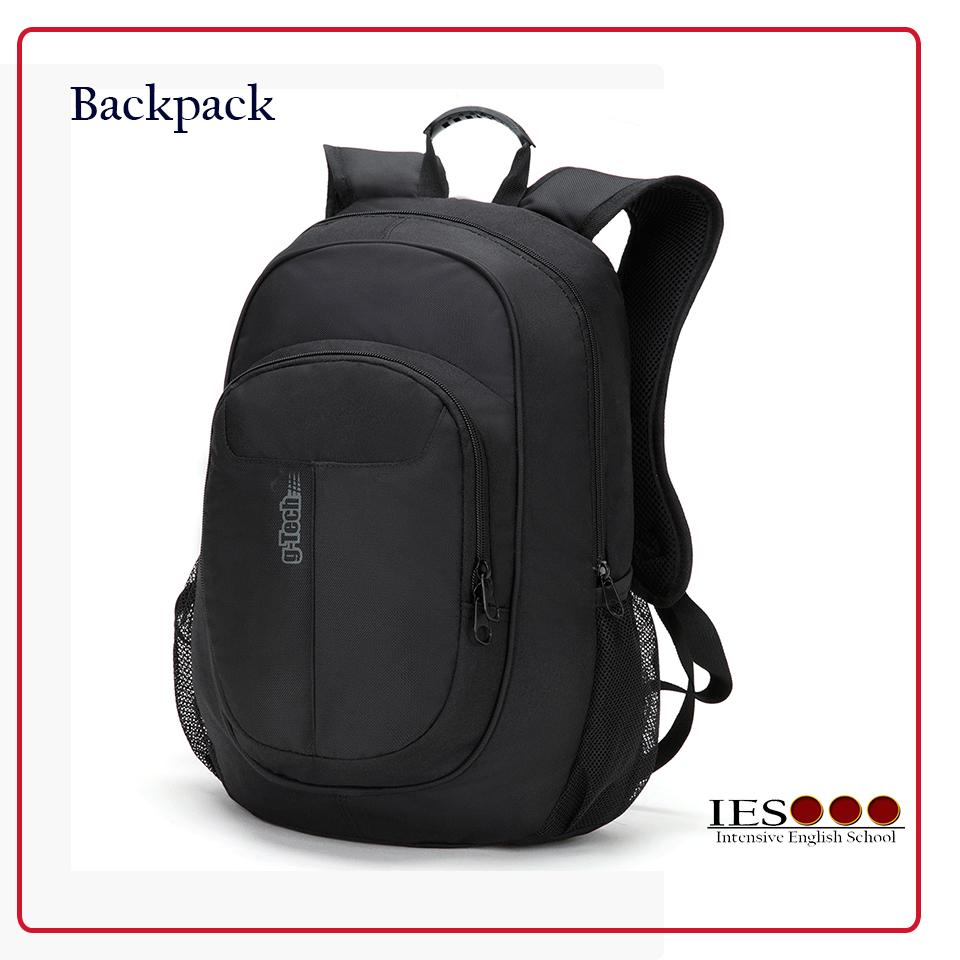
Click here for more nouns
7. Time and Dates:
- It is 9 o’clock.
- Today is Monday.
- The party is on Friday.
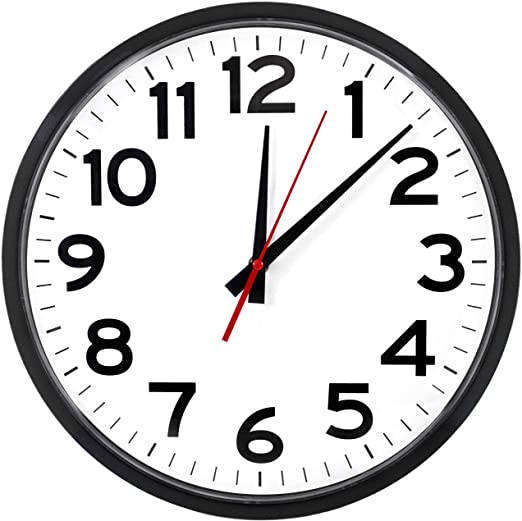
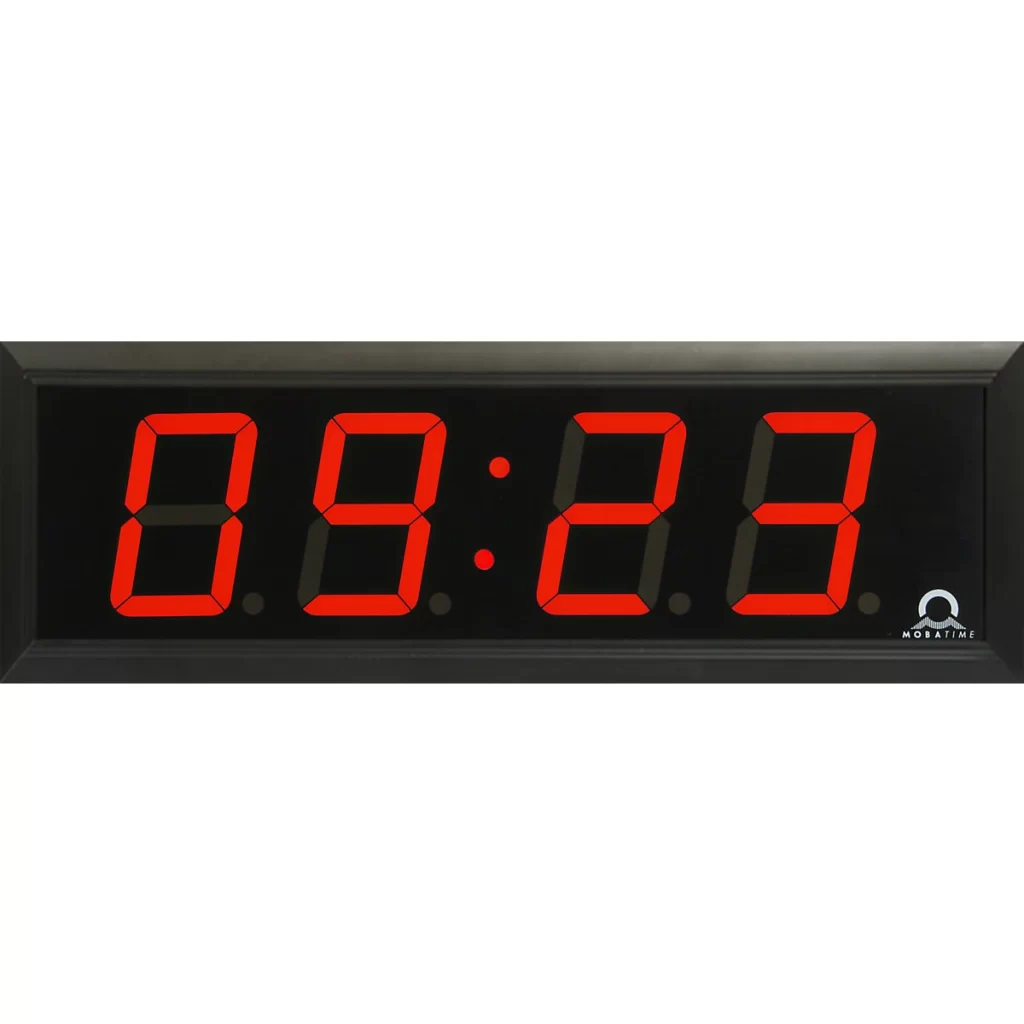

Instructions: answer the question before going to the test
What time is it in clock __?
It’s ______.
What day is today?
Today is _____________.
When is the party?
The party is on ________.
Click here for the time
Click here for days of the week, and months.
Vocabulary 1
- 1. Function and Vocabulary
- 2. Subject + Verb to be
- 3. Affirmative Form
- 4. Negative Form
- 5. Interrogative Form
- 6. Information Question Form
- 7. Contraction Review
- 8. Conversation Chunks Affirmative
- 9. Conversation Chunks Negative
- 10. Conversation Drills
- 11. Listening Comprehension
- 12. Reading Comprehension
- 13. Speaking / Writing Ability

